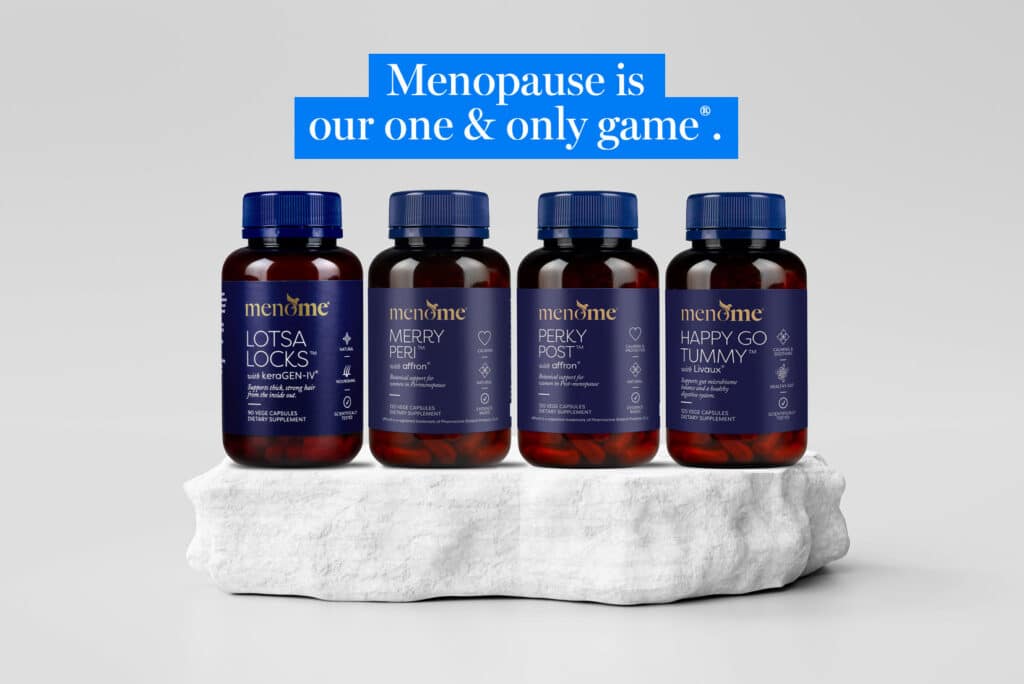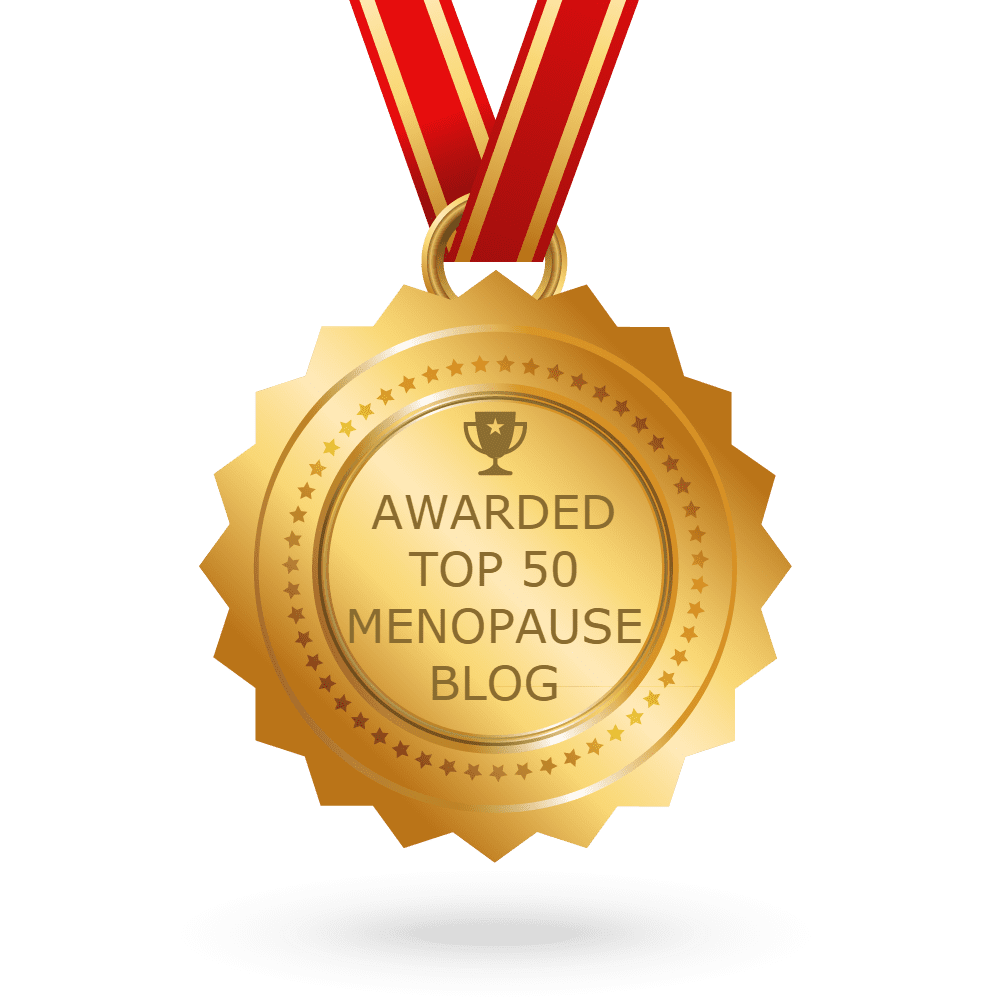We can’t wait to introduce you to PPFF, and throughout our websit,e you’ll hear us referring to it often. PPFF stands for Phytoestrogens, Protein, Fibre and (healthy) Fat in food.
The doctor of the future will give no medicine but will interest his patients in the care of the human body, diet, and the cause and prevention of disease.
– Thomas Edison
And it’s these four pillars along with a Mediterranean, plant-heavy and anti-inflammatory style of eating, have proven to be beneficial for women in menopause.1,2
Indeed, our recipes follow PPFF guidelines for women in pre-, peri- and post-menopause.
To reiterate, this stands for Protein, Phytoestrogens, (Healthy) Fat and Fibre.
In addition, they’re [our recipes] anti-inflammatory and guided by the Mediterranean Diet.
Why do we follow PPFF?
As a result of PPFF, your body works beautifully to keep your blood sugar balanced, your hunger hormone satisfied, your body packed with nutrients and your weight under control.
Furthermore, phytoestrogens can weakly mimic your body’s natural estrogen, supplementing depleted estrogen receptors.
There’s also compelling evidence that a plant-based diet3 or certainly a diet heavily skewed to plants4 can help to minimise menopausal symptoms.
Indeed, the European Menopause and Andropause Society released a position statement that summarised the evidence of the Mediterranean Diet and menopausal health.
Please download a copy of the FREE Phytoestrogen Food List we’ve created for you here. 😊
Let’s talk PPFF
Phytoestrogens
Plant foods are abundant in naturally occurring estrogens – phytoestrogens – which are similar in structure to our body’s natural estrogen and bind to the same receptors.
In fact, some schools of thought believe a diet high in plants, tofu and soy may be why Asian women don’t typically have as severe menopausal symptoms as Western women. We often reference Jean Hailles, the well-known women’s health centre in Australia’s take on this.
“In a perimenopausal or post-menopausal woman, when her own body’s estrogen is low, phytoestrogens may help ease the symptoms of low oestrogen in about one in three women. This is because about a third of the population has the specific gut bacteria that can metabolise the isoflavones (a type of phytoestrogen) in soy to a more potent phytoestrogen called equol. The amount of isoflavones needed daily to achieve therapeutic effects is contained in about 200g of tofu, or 100g of tempeh,” they say.
“Some studies have shown potential benefits of phytoestrogens regarding cardiovascular risk, bone density and menopausal symptoms. About a third of women who eat a diet that delivers amounts of phytoestrogens typical of an Asian diet (particularly from soy foods) find that their menopausal symptoms improve. This is because only about one-third (and possibly up to a half) of all women have the specific gut bacteria that convert soy isoflavone (phytoestrogen) daidzein, to the more potent form, equol.”
There is a caveat though: It is not recommended that women at high risk of breast cancer, or who have had breast cancer, take soy supplements.
Phytoestrogens8 include foods such as lentils, chickpeas and soybeans, carrots, garlic, and onions, Then there are nuts and seeds such as walnuts, almonds, sunflower and sesame seeds. And oats, rice, tofu and stone fruit are also phytoestrogens.
They’re abundant in naturally occurring estrogens (phyto = plant) similar in structure to your body’s natural estrogen and bind to the same receptors.
Protein
You need more protein during peri- and post-menopause6. It’s the critical building block of your hormones and muscle mass and an essential weight management tool. What’s more, protein helps with your energy levels and mood.
Furthermore, a 2021 study7 found that sarcopenia, a decline in skeletal muscle mass and function was 9% lower in late peri- and post-menopausal women than early perimenopausal women.
From a weight loss perspective, protein will keep you fuller for longer. It’s also thermogenic (heat generating) so increases metabolism. And it helps to keep blood sugar stable and curb cravings.
Getting into the habit of front-loading protein is an excellent idea. Begin your day with a protein punch, and continue to eat it throughout the day. As a result, you should feel more energetic and calm. For weight loss, always pair it with good fat. At night, due to its thermogenic nature, have a smaller portion three to four hours before bed so it doesn’t keep you awake.
Athlete, exercise physiologist and nutrition scientist Dr Stacy Sims recommends at least 1.8 to 2 grams of protein per kilogram of weight a day, which is about 30 grams at each meal, and 15 to 20 grams with snacks. To break that down, a palm-sized portion is about 20-30 grams. And Dr Wendy Sweet PhD recommends 1.1 grams of protein per kilogram of weight if you’re less active or very overweight.
Fibre
You might be surprised to learn that most of us don’t eat enough dietary fibre. Yet it’s key to weight loss, health and hormonal balance.
According to NRV (Nutrient Reference Values for Australia and New Zealand), you should be eating 25g per day.
Dietary fibre is the indigestible part of fruit, vegetables and whole grains like oats, quinoa and legumes.
There are two types of fibre:
- Soluble– helps keep blood sugar balanced, aids good digestion and keeps you fuller for longer. It also increases insulin sensitivity and improves gut health.
- Insoluble– soaks up water, softening your poop and cleaning out your colon. This helps to remove waste and excess toxins.
(Healthy) Fat
If you’re of the generation who grew up being told to avoid fat, hear this! Healthy fat does not make you fat.
In fact, it helps to keep you sated and build hormones. Especially if the fat you choose provides omega-3 essential fatty acid (EFA) which our bodies can’t make themselves.
Healthy fat tastes good so it’s super-satisfying. Moreover, like protein, it’ll keep you fuller for longer and lessen blood sugar spikes. As noted above omega-3 is a great choice because as well as helping with your weight it reduces the risk of type 2 diabetes, belly fat, and insulin resistance. It’s also a potent anti-inflammatory.
Additionally, consuming fats is beneficial to your joint health and your skin thanks to the anti-inflammatory effect.
Healthy fats include avocados, extra virgin olive oil, hemp seed oil, nuts and seeds and oily fish.
Conclusion
Because menopause is a time of enormous physical change, it can also cause biological changes, including weight gain, bloating and indigestion, as blood sugar imbalances and digestive issues become common. This is why the type of food we choose to eat can make such a difference. It’s also why dietary habits may need adjustment to make the transition easier so we introduced the concept of PPFF.
In addition, we’ve created the perfect compliment to PPFF, the posse of your wing-women below.
References:
- Silva TR, Oppermann K, Reis FM, Spritzer PM. Nutrition in Menopausal Women: A Narrative Review. Nutrients. 2021 Jun 23;13(7):2149. doi: 10.3390/nu13072149. PMID: 34201460; PMCID: PMC8308420.
- Barnard ND, Kahleova H, Holtz DN, Del Aguila F, Neola M, Crosby LM, Holubkov R. The Women’s Study for the Alleviation of Vasomotor Symptoms (WAVS): a randomized, controlled trial of a plant-based diet and whole soybeans for postmenopausal women. Menopause. 2021 Jul 12;28(10):1150-1156. doi: 10.1097/GME.0000000000001812. PMID: 34260478; PMCID: PMC8462449.
- Beezhold B, Radnitz C, McGrath RE, Feldman A. Vegans report less bothersome vasomotor and physical menopausal symptoms than omnivores. Maturitas. 2018 Jun;112:12-17. doi: 10.1016/j.maturitas.2018.03.009. Epub 2018 Mar 14. PMID: 29704911.
- Sayón-Orea C, Santiago S, Cuervo M, Martínez-González MA, Garcia A, Martínez JA. Adherence to Mediterranean dietary pattern and menopausal symptoms in relation to overweight/obesity in Spanish perimenopausal and postmenopausal women. Menopause. 2015 Jul;22(7):750-7. doi: 10.1097/GME.0000000000000378. PMID: 25513984.
- https://emas-online.org/emas-position-statement-the-mediterranean-diet-and-menopausal-health/
- Chernoff R. Protein and older adults. J Am Coll Nutr. 2004 Dec;23(6 Suppl):627S-630S. doi: 10.1080/07315724.2004.10719434. PMID: 15640517.
- Ko J, Park YM. Menopause and the Loss of Skeletal Muscle Mass in Women. Iran J Public Health. 2021 Feb;50(2):413-414. doi: 10.18502/ijph.v50i2.5362. PMID: 33748008; PMCID: PMC7956097.
- Bacciottini L, Falchetti A, Pampaloni B, Bartolini E, Carossino AM, Brandi ML. Phytoestrogens: food or drug? Clin Cases Miner Bone Metab. 2007 May;4(2):123-30. PMID: 22461212; PMCID: PMC2781234.
Main image by Alyson Mcphee-@unsplash










